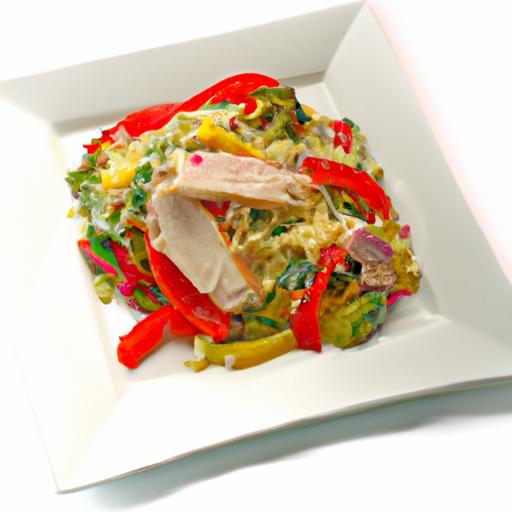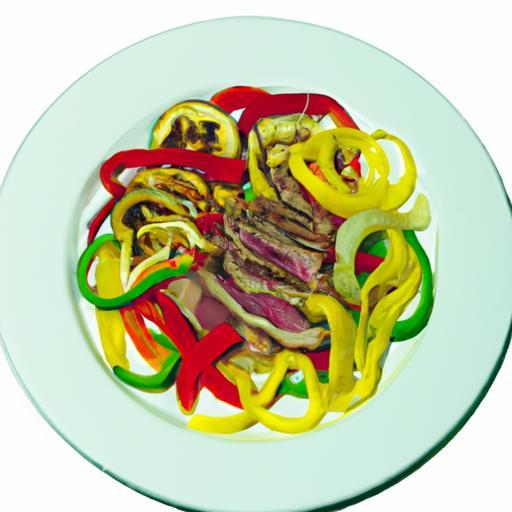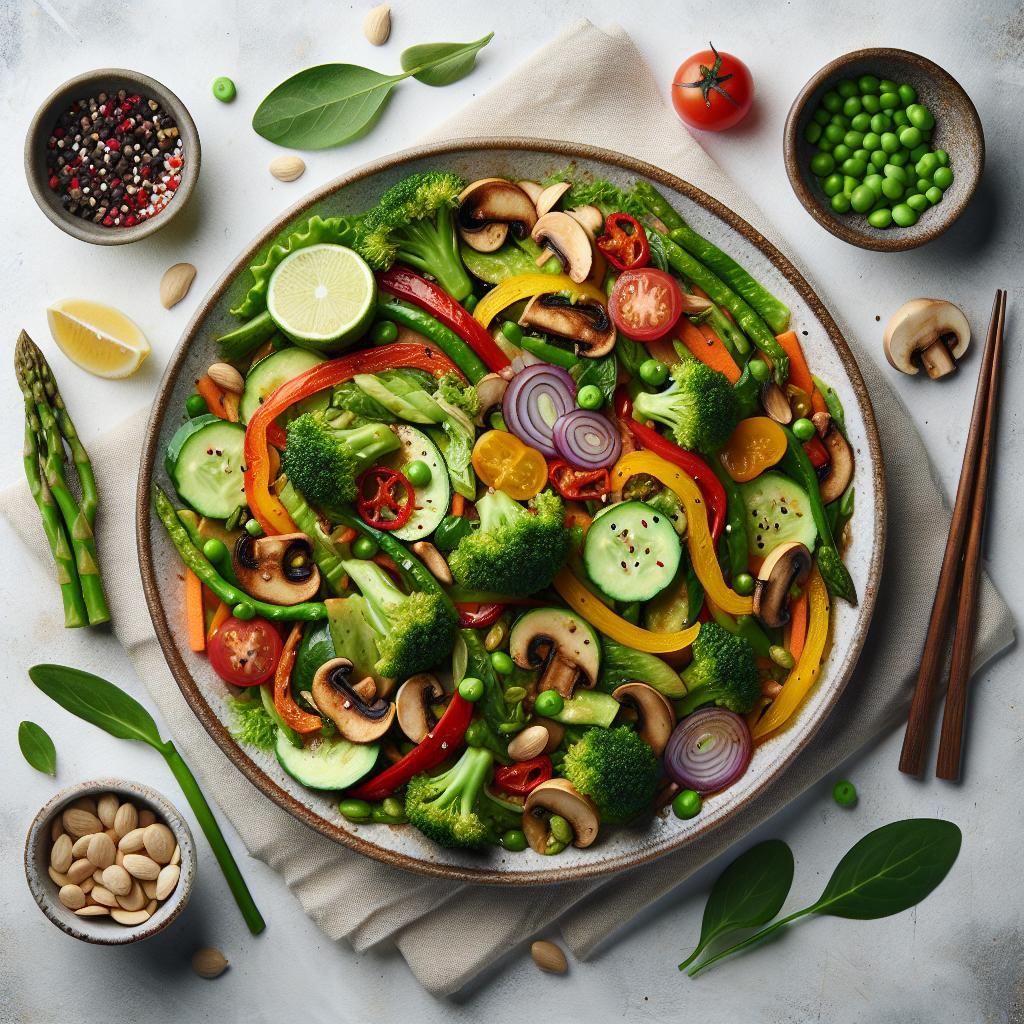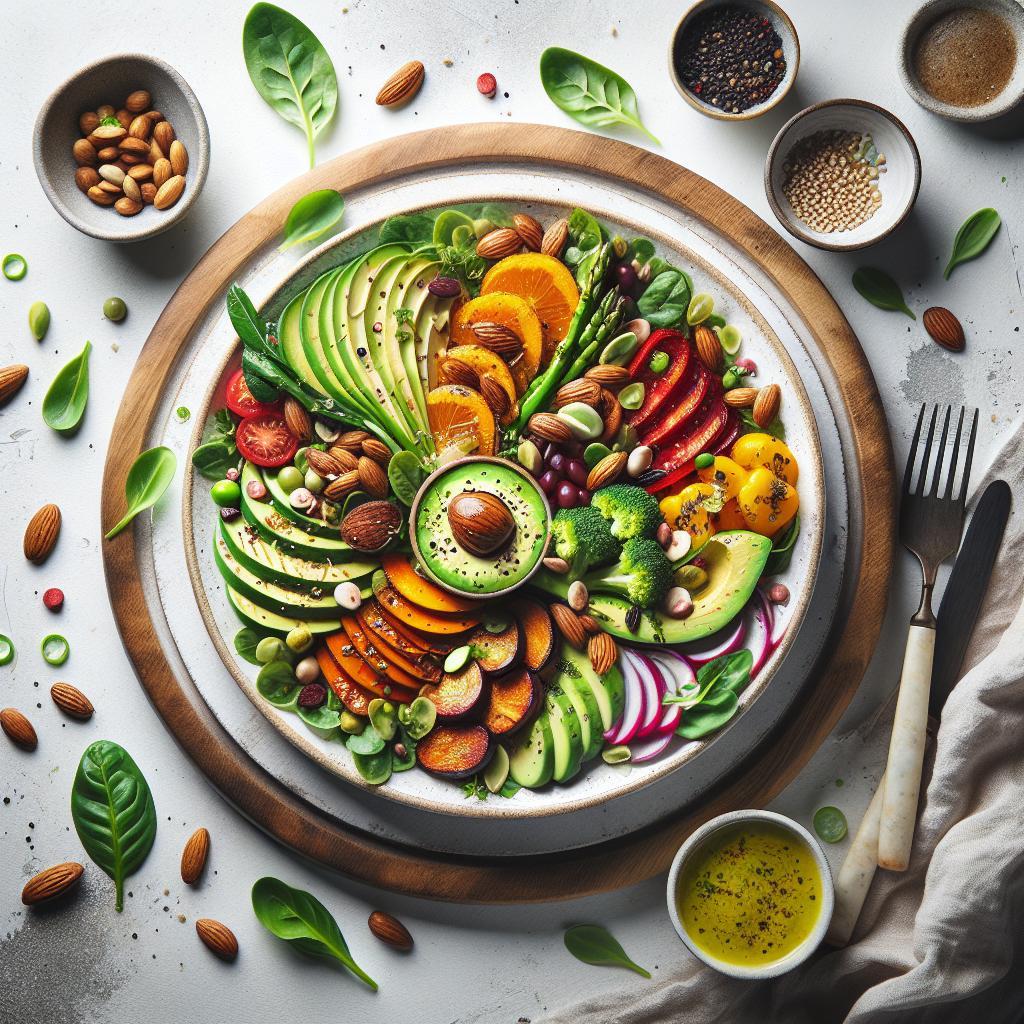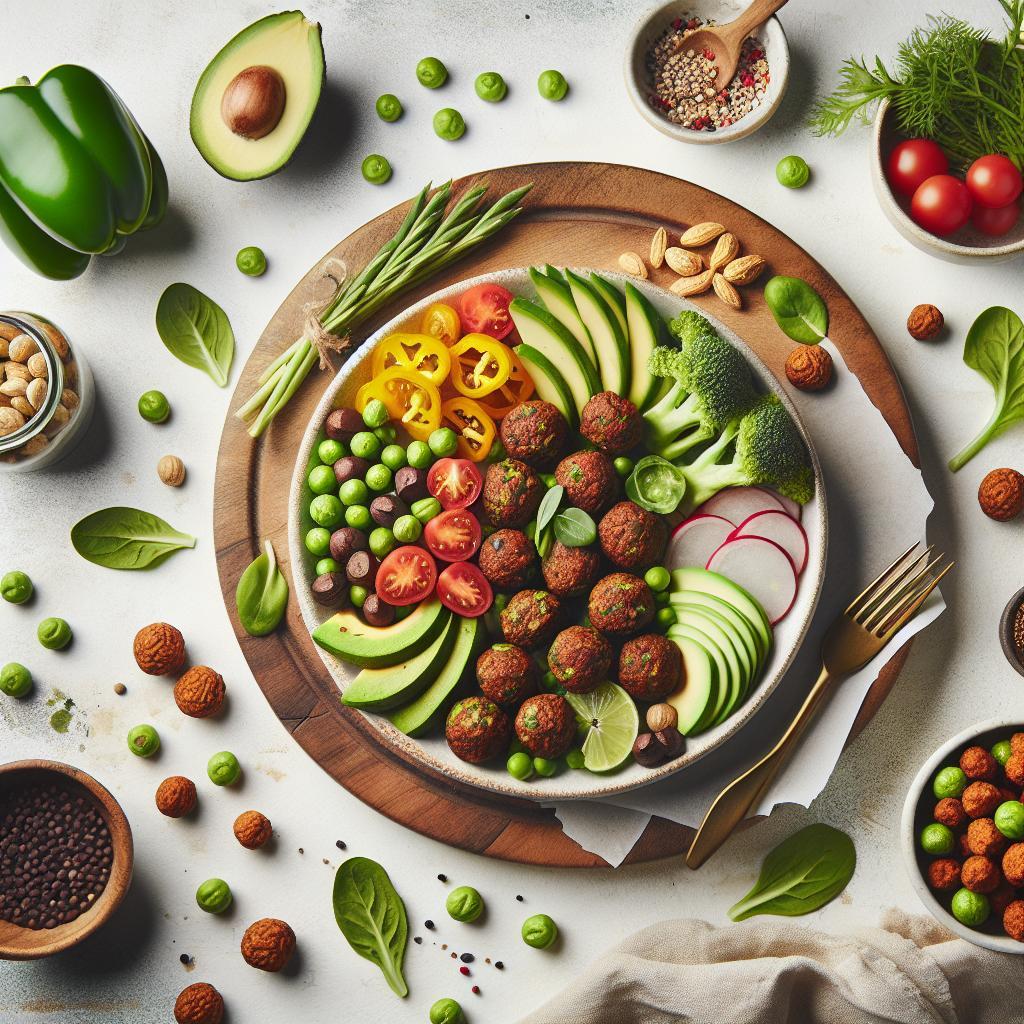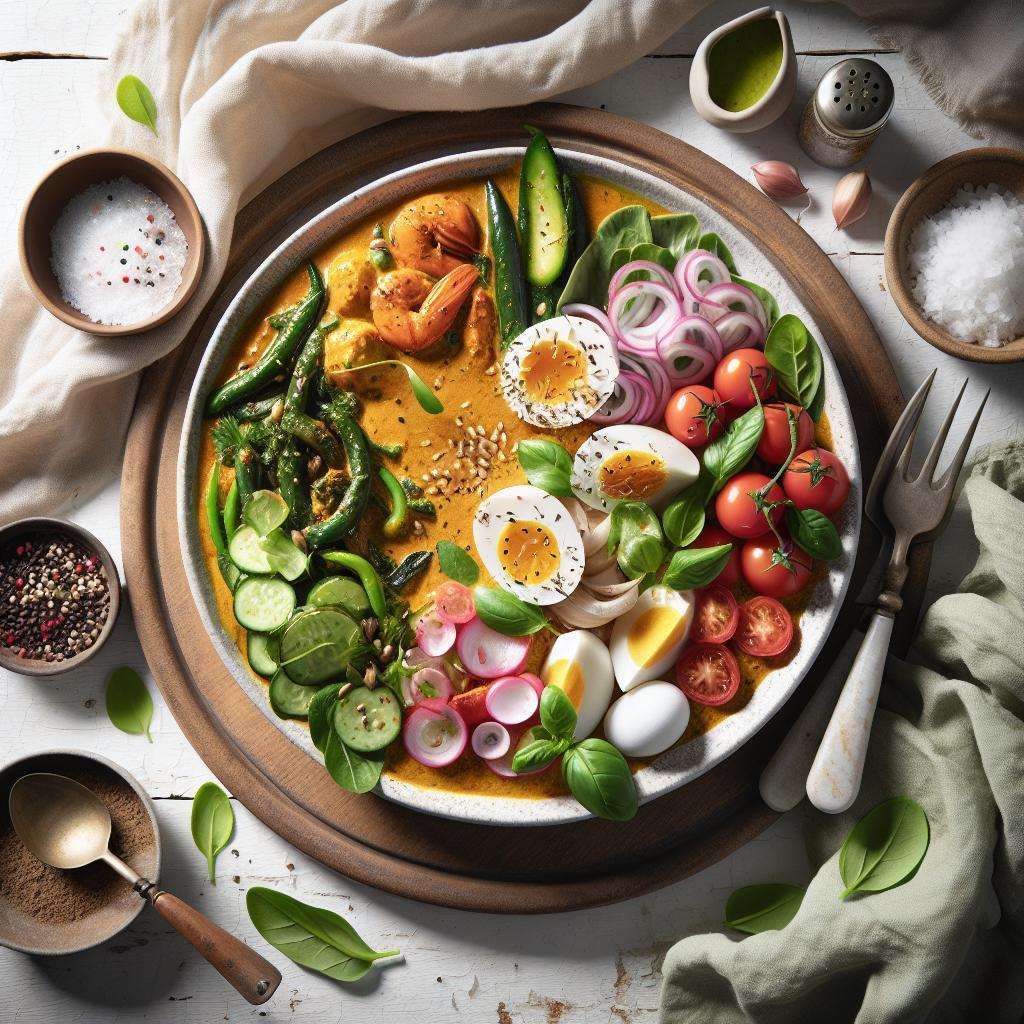In every bustling kitchen, from home cookouts to professional restaurants, an invisible threat lingers beneath the sizzle and aroma: cross-contamination. This stealthy culprit quietly transfers harmful bacteria and allergens from one surface or ingredient to another, turning what should be a delicious meal into a potential health hazard. While it often goes unnoticed, understanding cross-contamination is key to safeguarding the food on our plates and the wellbeing of those who enjoy it. In this article, we’ll uncover the hidden risks lurking in your kitchen, explore how cross-contamination happens, and share practical tips to keep your culinary creations safe and wholesome.
Cross-Contamination in Kitchens: The Hidden Food Risk Explained
Cross-contamination in kitchens is a silent threat that can compromise the safety and quality of your meals, whether you’re cooking at home or running a busy commercial kitchen. Understanding how bacteria spread during everyday food preparation is essential for preventing foodborne illnesses and ensuring every dish you serve is safe and delicious.
Prep and Cook Time
Prep Time: 10 minutes Cook Time: 0 (Focus on preparation and safety techniques)
Yield
Applicable knowledge for any kitchen setup, impacting unlimited servings
Difficulty Level
Easy to Intermediate, depending on kitchen routines and scale
Ingredients for Safe Food Practices
- Separate cutting boards for raw meat, produce, and ready-to-eat foods
- Antibacterial soap and warm water for handwashing
- Sanitizing solution (e.g., diluted bleach or commercial kitchen sanitizer)
- Disposable gloves, especially when handling raw protein
- Food-grade kitchen towels or paper towels for drying and wiping surfaces
- Labels and storage containers to organize leftovers and raw ingredients properly
- Thermometer for checking food temperatures
Instructions: Mastering Clean and Safe Kitchen Practices
- Understand the sources: Recognize that bacteria can transfer from raw foods, surfaces, utensils, hands, and even air droplets.
- Create zones: Use dedicated cutting boards and utensils for raw meats, vegetables, and cooked items to avoid cross-contact.
- Prioritize hand hygiene: Wash hands thoroughly with antibacterial soap and warm water before and after handling different foods.
- Sanitize surfaces frequently: After preparing raw ingredients, clean countertops and tools with a sanitizing solution to kill lingering bacteria.
- Use gloves wisely: When handling raw proteins like poultry or seafood, wear disposable gloves, changing them between tasks to prevent spread.
- Store properly: Keep raw meats on the lowest refrigerator shelves in sealed containers to avoid dripping onto other foods.
- Temperature check: Use a food thermometer to ensure cooked foods reach safe internal temperatures, killing harmful microbes.
- Dry and replace: Regularly change kitchen towels, or use disposable paper towels, to maintain a bacteria-free environment.
Chef’s Notes: Tips for Success
- Invest in color-coded cutting boards to instantly identify food categories and prevent mishaps.
- Make hand hygiene a routine – encouraging frequent washing can dramatically reduce contamination risk.
- If you’re multitasking, dedicate one helper to oversee sanitation for smooth workflow and safe standards.
- When in doubt, wipe and sanitize again; the small effort pays off with safer meals.
- Implement regular deep cleans in commercial kitchens, including vents and fridge handles, where bacteria often hide.
Serving Suggestions
While cross-contamination is an invisible hazard, practicing hygienic kitchen techniques is a recipe for safely savoring any cuisine. Present your culinary creations garnished with fresh herbs or a bright drizzle of sauce, knowing that the foundation of your dish is rooted in uncompromising food safety. Share these practices with your team or family to promote a culture of health, enhancing every meal’s enjoyment.

Essential Cleaning Protocols and Tools
Effective sanitation depends not only on what you clean but also on how and with what tools. Use food-safe sanitizing sprays or solutions approved by regulatory bodies for disinfection. Microfiber cloths excel at trapping bacteria compared to traditional sponges, which can harbor microbes unless changed frequently.
| Tool | Main Use | Recommendation |
|---|---|---|
| Cutting Boards | Separate raw and cooked foods | Color-coded plastic or bamboo, sanitized after each use |
| Hand Soap | Reduce handborne bacteria | Antibacterial formula, warm water, scrub 20 seconds |
| Sanitizing Spray | Kills surface bacteria | Use kitchen-approved solution, fresh mix daily |
| Disposable Gloves | Protect hands from contamination | Change gloves between tasks to prevent spread |
| Microfiber Towels | Efficient drying and cleaning | Wash daily at high heat; avoid cross-use |
For more in-depth insights on kitchen hygiene, see our related article “Kitchen Hygiene Best Practices.” To explore expert guidelines on minimizing foodborne risks, visit the Centers for Disease Control and Prevention (CDC) Food Safety Page.
Q&A
Q&A: Cross-Contamination in Kitchens – The Hidden Food Risk Explained
Q1: What exactly is cross-contamination in the kitchen?
A1: Think of cross-contamination as an uninvited party crasher-harmful bacteria or allergens hitching a ride from one surface, food, or utensil to another. It’s the silent transfer of germs that often happens when raw meats share space with fresh veggies or when cutting boards and knives aren’t properly cleaned between uses.
Q2: Why is cross-contamination such a big deal?
A2: Because those invisible microbes love to multiply and can cause foodborne illnesses ranging from mild stomach upsets to severe infections. Cross-contamination is a top culprit behind outbreaks of Salmonella, E. coli, and Listeria-unwelcome guests that can turn your kitchen into a risky zone if left unchecked.
Q3: Which kitchen practices are the most common offenders?
A3: The usual suspects include using the same chopping board for raw chicken and salad without washing it, returning cooked food to the same plate that held raw ingredients, and not washing hands after handling raw meats. Even a forgotten sponge can harbor bacteria that spreads chaos in your kitchen realm.
Q4: Can cross-contamination happen with allergens too?
A4: Absolutely. If peanut butter residue languishes on a knife and then encounters your chocolate spread, it could spell disaster for someone with allergies. Cross-contact with allergens is an often overlooked kind of cross-contamination that’s critical to prevent, especially in households with sensitive eaters.
Q5: How can home cooks safeguard against this hidden risk?
A5: Adopt a “clean, separate, cook, chill” mantra. Use different cutting boards and utensils for raw and ready-to-eat foods; wash hands thoroughly and frequently; sterilize surfaces; and store foods properly. When in doubt, give those sponges and towels a hot cycle in the washing machine or replace them regularly.
Q6: Does cooking kill all bacteria transferred by cross-contamination?
A6: Not always. While cooking can destroy many bacteria, some toxins produced by bacteria before cooking remain harmful. Plus, if bacteria contaminate ready-to-eat foods or cooked dishes, they may not be cooked again, allowing pathogens to thrive.
Q7: Is commercial kitchen handling any different?
A7: Commercial kitchens often have strict protocols, like color-coded cutting boards and mandatory handwashing policies, designed to tackle cross-contamination head-on. However, even professional kitchens aren’t immune, so vigilance is key everywhere food is handled.
Q8: What’s the takeaway message for anyone stepping into the kitchen?
A8: Cross-contamination is the invisible enemy lurking behind your freshest meal. But with awareness, a bit of technique, and some clean habits, you can turn your kitchen into a fortress of food safety-keeping your meals delicious and your health intact.
To Conclude
In the intricate dance of flavors and aromas that define our kitchens, cross-contamination is the silent saboteur lurking behind the scenes. Understanding its hidden risks empowers us to transform our cooking spaces into sanctuaries of safety and taste. By embracing vigilant habits-separating raw from cooked, scrubbing surfaces, and minding those sneaky bacteria-we don’t just protect our meals; we safeguard our health and that of our loved ones. So next time you reach for a cutting board or a skillet, remember: a little awareness goes a long way in keeping your kitchen both delicious and defensible against the unseen threats of cross-contamination.